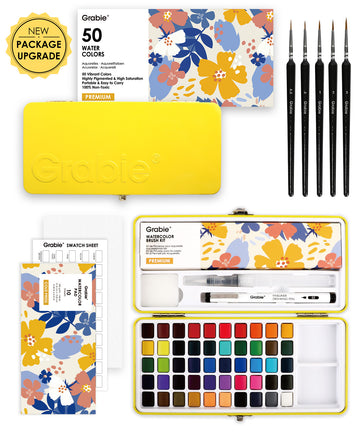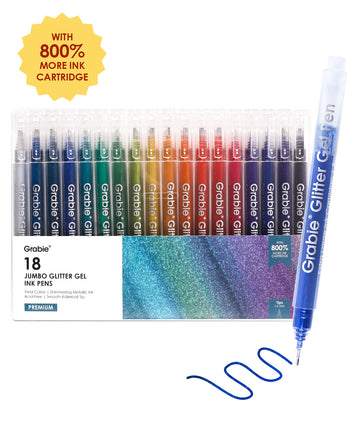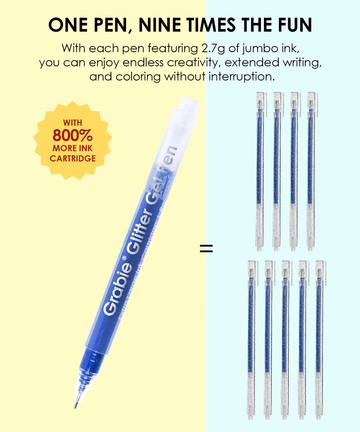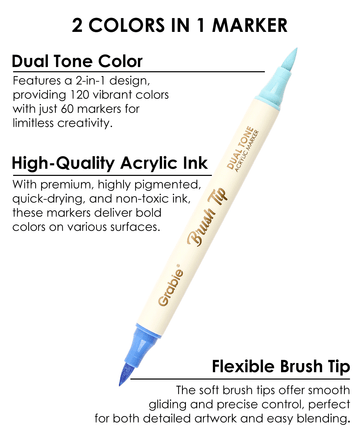How to Get Acrylic Paint Out of Clothes and Other Surfaces Easily?
 How to rescue something accidentally contaminated with acrylic paint?
How to rescue something accidentally contaminated with acrylic paint?
It can often feel like a disaster if acrylic paint is accidentally spilled on carpet, clothing, or wood floors. As an artist, or a painting lover who uses acrylic paint on a regular basis, this probably happens to you a lot. And, you may have searched the internet how to remove acrylic paint from various surfaces. You've probably tried several methods; but if they don't work, or if you don't have an acrylic dissolver on hand, here is a summary of some collected methods for reference.
List of Contents:
- Clean Rapidly
- Get rid of acrylic paint on clothes/canvas
- Remove Acylic Paint from Wood Surfaces
- Get Acrylic Paint Out of Carpet
- Cleaning Acrylic Paint from Plastic or Glass
Clean Rapidly
Whether it's an acrylic stain on clothes, chairs, carpets, hardwood floors or any other surface, the first thing you need to do is take quick action to remove it, then rinse with plenty of water. When you first notice an accidental spill of acrylic paint, start working on removing the excess acrylic paint now, rather than making it a second priority. You can wipe it clean first, then scrape it off with a dull knife or any sharp tools at hand. Then keep rinsing with water until the acrylic gradually disappears from your item.
Why is it important to act fast? Because the paint dries very fast, it's easier to remove when it remains wet, rather than try to clean it up when it has completely dry, as it's water soluble when wet but becomes dry when dry Water resistant. Therefore, acting fast is the first element to solve the problem.

Get rid of acrylic paint on clothes/canvas
When the excess spill has been removed, you can take out the hairspray from your bathroom. Just spray it on the problem area to get it completely wet. The spots should start to soften, allowing you to scrub them off easily. After that, you can drench water on it and put it in the washing machine right away.
If you're a beauty-loving lady and you happen to run out of hairspray, you can whip out a bottle of nail polish remover. Nail polish remover contains acetone, which acts like hairspray. Use a cotton ball or the tip of a towel soaked in it and press it against the stain. Fix it for a few minutes and let the acetone start to break it down. When it's loose enough to scrape, try rubbing the dry pieces out, then rub the pieces away. Remember to rinse off the acetone with clean water before washing.
Of course, the most effective is the propylene solvent. There are many acrylic paint removal products on the market today. Follow the directions carefully. You may treat the remover directly on the stain or use it as a pretreatment before washing.
If none of the above materials are available, put the item directly into the washing machine. Add detergent and be careful to turn it into cold water, as higher temperatures may cause the stain to thermally solidify, making it more inconvenient to completely wash it off.

Remove Acrylic Paint from Wood Surfaces
Acrylic paint is difficult to remove once it dries on wood floors. Wipe the dry paint and surrounding area with a paper towel and water to remove other surface dirt or dust particles. Then take another clean paper towel with a little vegetable oil on it. Leave the paper towel on the dry stain for a minute and the stain will slowly start to loosen. Next, start rubbing an oiled paper towel over the stain repeatedly until as much of the paint comes off as possible.
If you don't have vegetable oil or this method doesn't work very well for your stains, you can also try using denatured alcohol, as it is often used to remove the most stubborn dry acrylic stains. Pour a little alcohol on the cloth or cotton ball and press it on the stain for at least a minute or more. Then massage the stain in circular motions, rubbing until it softens and floats.
Get Acrylic Paint Out of Carpet
Obviously, throwing a rug into the washing machine is not realistic. So what if you accidentally spill acrylic on furniture or rugs while you're creating?
Using a butter knife or other tool with some hardness, scrape off any excess, the tool needs to be cleaned carefully after each application. A palette knife is also a good option, and many painters already have this tool on hand.
Fill a large pot or bucket with tepid water or cool water, remember not to use water that is too hot as this may accelerate the permanent setting of the stain. And add some laundry detergent, dish soap, or bar soap to it until the water is soapy.
Dampen a towel with soapy water, wring it dry, and spread over the stain, but don't rub the stain. Otherwise, they may drive the stain further into the fabric or carpet or spread the stain). Remember to rinse off the stain on the towel before starting a second blot to ensure you get clean soapy water with each blot. Continue blot until the paint is completely removed and the cloth clears.

Cleaning Acrylic Paint from Plastic or Glass
Because glass is fragile and so care must be taken when cleaning these surfaces. It can be daunting at first, but clean it more patiently, your glass will become sparkle again. Clean the acrylic paint on plastic is relatively safer, and it can be treated like the dirt on the wooden board.
First, we need to prepare kitchen sponges with smooth and textured sides. Dip it into a bucket of warm soapy water and squeeze out the excess. Starting with the smooth side of the sponge, rub the sponge thoroughly across the area. Once the paint appears to be soft, add more soapy water and wipe repeatedly with the rough side of the sponge. In general, this step should solve most problems.
For very hard dried paint, use a utility knife to scrape a little at a time from the rest of the paint after rubbing with the sponge. Always keep the glass wet to prevent scratches. Hold the knife at a 45-degree angle to scrape. Then use the smooth side of a damp sponge to rinse away debris. Finally dry thoroughly with a dried clean cloth.
I believe you have a general understanding of how to eliminate acrylic spills. It is nothing more than the use of alcohol or soapy water and a clean towel to deal with most of the time when you don't have acrylic solvent on hand. However, always remember to act fast for the best cleaning results.









































